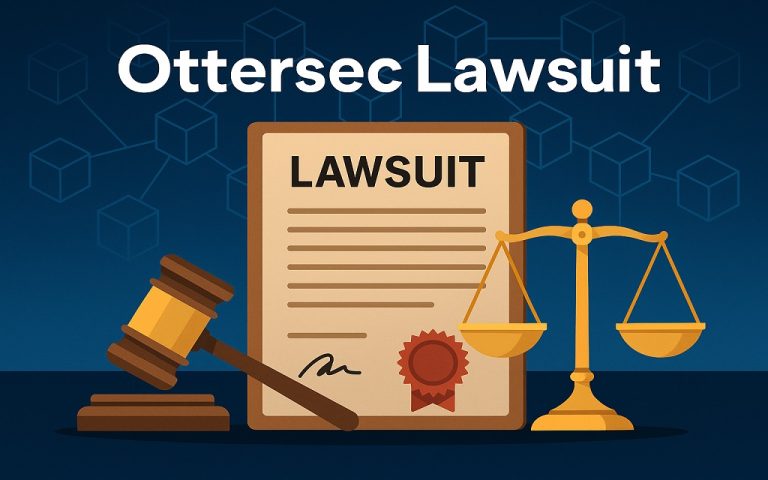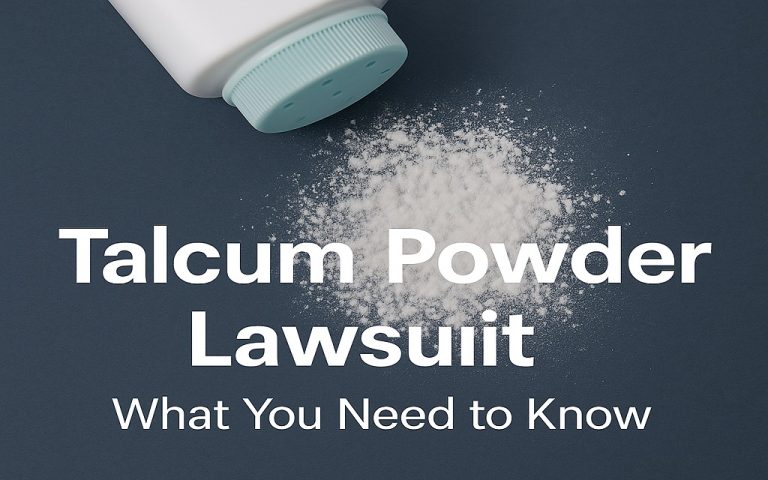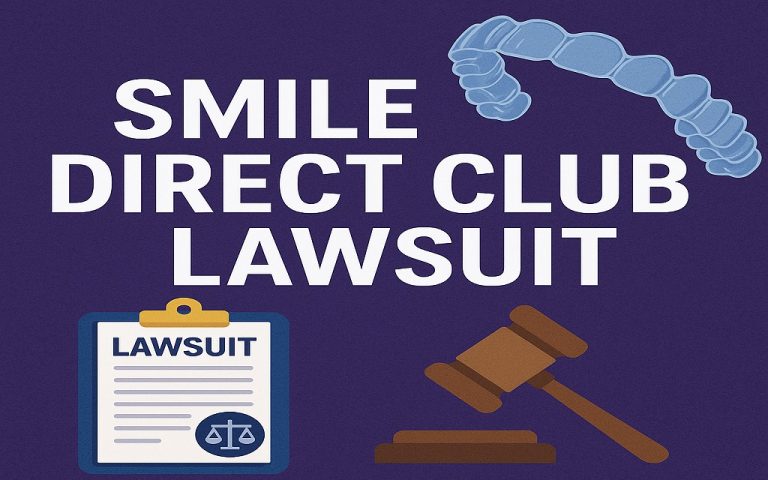The 333 million lawsuit refers to the $333 million lawsuit outcome that resolved claims against PG&E in the Hinkley matter. The settlement closed on July 2, 1996, after early arbitration awards put intense pressure on the parties to reach a settlement. Contemporary reporting confirmed more than six hundred claimants and documented a separate arbitration track. The forum sat in San Bernardino County Superior Court. The dispute centered on hexavalent chromium in groundwater near the Hinkley compressor station.
What facts define the $333 million PG&E Hinkley settlement?
A concise frame establishes parties, venue, dates, and posture. Clear sources fix each point.
Parties and venue
Primary reporting identified the caption as Anderson et al. v. Pacific Gas & Electric Co. The forum sat in San Bernardino County Superior Court. The site lies about 15 miles northwest of Barstow and connects to a natural gas compressor station. The alleged releases involved chromium used for corrosion control.
A short context note adds place detail. The record links the dispute to mid-century operations at an industrial facility in the Mojave Desert. That setting explains later plume maps and oversight.
Dates and amounts
The settlement announcement was posted on July 2, 1996. The total reached $333 million, with a group exceeding 600 people. Reporting described a multi-year arc that began in 1993 and ended with a comprehensive agreement. Follow-on matters appeared later.
A brief timeline clarifies the sequence. The case was filed in 1993. The court used individual arbitration tracks. The parties announced the 1996 settlement after early awards.
Settlement not verdict
The posture relied on separate arbitrations rather than a single jury trial. The first thirty-nine cases produced awards totaling about $131 million and set the negotiation baseline. PG&E accepted a comprehensive settlement that folded those awards into the global number. No jury verdict or appellate opinion exists in the public record.
A short reading note resolves a standard error. Many summaries repeat the figure yet omit the arbitration track. The contemporaneous article fixes that gap.
How did chromium-6 reach Hinkley groundwater, and what standards apply now?
A direct path moves from site history to current standards. Agency pages anchor the numbers.
Site history
USGS summaries describe a mid-century practice of using chromium-6 in cooling water for rust control—operations placed wastewater into unlined ponds near the station from the 1950s into the 1960s. A long study in Hinkley Valley later separated natural background from human-caused concentrations. The program documents plume extent and informs cleanup.
A brief term note aids clarity. Technical pages use chromium-6, hexavalent chromium, or Cr(VI) to describe the same species. USGS and state portals use those labels in reports and community materials.
Federal baseline
EPA lists 100 parts per billion as the enforceable Maximum Contaminant Level for total chromium in public water systems. The number covers both trivalent and hexavalent chromium. EPA also outlines the formal path for any chromium-6 specific rule. That page serves as a stable national reference.
A short policy note explains communication. The national limit treats chromium species under a single line. Many public summaries repeat that number when they describe compliance.
California benchmarks
California adopted a 10 parts per billion MCL for chromium-6 in 2024. State pages document the value and its relation to the Public Health Goal. The Office of Administrative Law completed final steps, and the rule took effect on October 1, 2024. Newsrooms described first-in-nation status and outlined expected timelines.
OEHHA set a Public Health Goal of 0.02 parts per billion for chromium-6. The PHG reflects a one-in-one-million lifetime cancer risk estimate and guides policy. The fact sheet explains the scope and limits of PHGs in plain terms.
How did procedure and evidence shape the outcome?
Posture and proof explain why a settlement closed the case and why no verdict exists.
Arbitration posture
The court used individual arbitration tracks for each claimant’s file. Early awards signaled substantial exposure. The parties then executed a global settlement that combined prior awards with remaining claims. The posture left no single merit opinion that covers the entire cohort.
A concise process note underlines timing. Arbitration moved faster than a single consolidated trial and accelerated negotiation. The early awards set a clear benchmark.
Evidence record
Public narratives point to medical records, environmental samples, and property data. USGS materials provide a hydrologic context for Hinkley Valley and document background concentration ranges. That combination shaped bargaining and later compliance planning.
A short proof note clarifies the allocation. Files varied in exposure, duration, and documentation quality. Distribution, therefore, depended on the strength of the evidence in each file.
Allocation and confidentiality
Global settlements rarely publish per-person schedules. Later agency and board pages show cleanup orders, monitoring, and ongoing oversight rather than damage tables. The 1996 agreement remains the pivotal resolution.
A narrow record note explains silence in appellate databases. No verdict means no appellate reasoning on causation or damages. The 1996 article remains the best public baseline.
What policy signals and community effects followed the case?
Regulatory action and community oversight continue today. Public communication relies on state, regional, and USGS sources.
Regulatory response
California established an MCL for chromium-6 at 10 ppb in 2024. The State Water Board page lists the value and explains the statutory criteria. The Associated Press reported a unanimous vote and described expected compliance steps. Trade and utility pages later summarized effective dates.
A brief status line confirms timing. Utility and local pages list October 1, 2024, as the effective date and describe near-term testing and planning windows.
Local oversight
The Lahontan Regional Water Quality Control Board oversees plume control and cleanup. The project page describes how orders, monitoring, and document access are handled through GeoTracker. A dedicated Hinkley site hosts meeting notes, technical memos, and links to background studies.
A compact orientation helps readers locate primary sources—regional pages and the Hinkley site link to USGS study materials and local notices. The archive shows a long record of public communication.
Public awareness
The settlement and later film coverage raised national attention on groundwater protection. Many roundups repeat the total yet miss procedural detail. Accurate summaries use settlement posture and arbitration data to avoid mischaracterization.
A final policy note ties history to practice. The state MCL places a clear benchmark on current compliance frameworks and public meetings.
Which sources best support accurate reporting on the $333 million lawsuit?
A reliable article uses contemporaneous news and agency documents. Each source plays a distinct role.
Docket and contemporaneous news
The SFGATE report confirms the date, amount, claimant count, and arbitration track. The story quotes counsel and lists early awards totaling $131 million for the first thirty-nine cases. Later summaries match these high-level points.
A short cross-reference maintains continuity. Secondary explainers often cite the same baseline while adding later context. Careful use preserves accuracy.
Agency and technical references
EPA provides the national 100 ppb total chromium standard and outlines any future rule path. OEHHA supplies the 0.02 ppb PHG and its risk basis. USGS hosts the Hinkley background study and explains methods and findings. These pages provide durable anchors for science and policy claims.
A short practice note connects policy to implementation. State and regional pages show how rules translate into monitoring, orders, and public reporting.
What Are Some Important Questions to Ask a Lawyer Regarding Environmental Lawsuits?
Clear questions improve evaluation and strategy. Counsel can answer each item with records, deadlines, and statutes.
Case posture and timing
Key questions address the forum and limitation periods. Does state tort law control the claim? Does a federal statute apply to cost recovery? CERCLA sets deadlines for remedial and removal actions and requires care in accruals. Early clarity reduces late-filing risk and supports leverage.
Evidence and exposure
Important questions define contaminants, routes, and duration. Which sampling plans establish exposure? Which medical records tie symptoms to dates? Agency materials on chromium-6 provide dose context and risk metrics that support expert work.
Strategy and enforcement
Strategy questions map remedies and notice. Private damages actions proceed on proof and venue. Cleanup orders and citizen-suit provisions add constraints and steps. EPA guidance explains notice rules and limitations before suit against an agency.
Targeted question list
- Which deadline governs the selected statute
- Which court or tribunal has proper venue
- Which methods will prove causation and exposure?
- Which documents will establish pathways and dates?
- Which notice steps apply before suit
- Which remedies remain available under current law
Why Does the $333 Million Lawsuit Remain Relevant Today?
Modern standards and programs continue to reflect lessons from Hinkley. Communication relies on precise posture and verified numbers.
Standards and policy signals
California set the first statewide chromium-6 limit at 10 ppb, establishing a benchmark for other jurisdictions. Reports outline anticipated timelines and expected public health gains. The move followed years of review and extensive comment.
Federal baseline and ongoing review
EPA maintains the 100 ppb total chromium standard and describes evaluation paths for chromium-6. The federal page informs national messaging and utility planning. The number still appears widely in agency and local materials.
Public health context and scale
Public datasets and advocacy summaries describe broad chromium-6 detection across many systems. California’s action renewed national debate on risk, cost, and feasibility. Historical cases help audiences understand those tradeoffs during meetings and comment periods.
What were Ed Masry and Erin Brockovich’s roles in the $333 Million Lawsuit?
Verified roles appear in contemporary and retrospective coverage. The focus stays on investigation, litigation, and settlement posture.
Case development and investigation
Contemporaneous reporting identifies a multi-plaintiff action against PG&E. The record ties allegations to hexavalent chromium and disposal near unlined ponds. Erin Brockovich worked at Masry & Vititoe and contributed to early file development.
Litigation leadership and negotiation
Coverage credits attorney Ed Masry with leadership on the plaintiff side. Early arbitration awards approached $131 million, which drove the settlement posture. The parties then executed the $333 million deal in July 1996.
Public impact and legacy
The case and the later film raised awareness about groundwater and evidence standards. Profiles and agency pages continue to reference Hinkley in policy and outreach. The narrative shapes public meetings and classroom materials today.
Key facts and standards for the $333 million PG&E–Hinkley settlement
| Item | Detail | Source |
|---|---|---|
| Case caption | Anderson et al. v. Pacific Gas & Electric Co. | (SFGATE) |
| Venue | San Bernardino County Superior Court, Barstow Division | (SFGATE) |
| Settlement date | July 2, 1996 | (SFGATE) |
| Total amount | 333 million US dollars | (SFGATE) |
| Early arbitration awards | About 131 million across first thirty-nine cases | (SFGATE) |
| Federal standard | 100 ppb total chromium MCL | (Environmental Protection Agency) |
| California chromium-6 MCL | 10 ppb, effective October 1, 2024 | (waterboards.ca.gov) |
| California PHG for chromium-6 | 0.02 ppb | (OEHHA) |
Frequently asked questions
Did a jury award $333 million?
No. The matter settled after early arbitration awards and before a jury verdict.
Which court handled the case?
San Bernardino County Superior Court handled the action under the Barstow Division.
How many residents received payments?
Contemporary reporting referenced more than six hundred claimants in the core phase. Exact distributions remain confidential.
What federal number applies today?
EPA lists 100 ppb as the Maximum Contaminant Level for total chromium in public water systems.
What number applies in California now?
The State Water Board set 10 ppb as the chromium-6 MCL and completed final steps in 2024. The rule took effect on October 1, 2024.
What health goal guides state risk policy?
OEHHA set a 0.02 ppb Public Health Goal for chromium-6. The figure represents a one-in-one-million lifetime cancer risk estimate.
Conclusion
The $333 million PG&E–Hinkley settlement stands as a direct-action resolution shaped by arbitration results. The historical record confirms mid-century chromium-6 use at the compressor station and a groundwater plume that required long-term oversight. Federal rules still list 100 ppb for total chromium. California now applies a 10 ppb MCL for chromium-6 and a 0.02 ppb PHG. Accurate reporting rests on contemporaneous news and agency materials that fix dates, captions, and standards. That foundation supports reliability in a sensitive environmental and public health topic.
Disclaimer
This article provides general information about a historical settlement, environmental standards, and public sources. This article does not offer legal, medical, or engineering advice. Decisions about legal rights, health risks, or treatment systems require consultation with qualified professionals and review of the whole record and current regulations.




